Have you ever heard someone say “buzz,” “bang,” or “giggle”?
These are English onomatopoeia — words that sound like what they mean.
In English, sound words often appear in comics, poetry, and casual conversations, bringing actions and emotions to life.
They help us describe everything from the clang of metal to the murmur of a crowd, from the splash of water to the click of a keyboard.
While English doesn’t use as many onomatopoeic words as Japanese or Korean, it still offers a colorful collection of expressions that make the language feel vivid and alive.
In this page, we’ll explore the types of onomatopoeia found in English, look at fun examples, and even compare how English and other languages hear the world differently.
Let’s dive into the sounds of everyday English — from bang to giggle!
What Are English Onomatopoeia Like?
In English, onomatopoeia often imitates real-world sounds — especially those we hear in daily life, stories, or comics.
You’ve probably come across words like:
murmur — soft, hushed speech
splash — water hitting something
clang — a metallic bang
buzz — the sound of a bee or machine
giggle — a light, silly laugh
English onomatopoeia often focuses on auditory sounds — like bangs, whooshes, and whispers.

Types of Onomatopoeia (in English and beyond)
Just like in many other languages, English onomatopoeia can be grouped into several types:
| Type | Description | English Examples | Japanese Comparison |
|---|---|---|---|
| Sound-based | Real-world noises | buzz, clang, crash | don don, chu! |
| Motion-based | Physical movement or rhythm | zoom, click, swish | peko peko, gura gura |
| Emotion-based | Feelings, mood, or internal state | giggle, sigh | doki doki, waku waku |
| Texture-based | Softness, stickiness, vibration | (rare in English) | fuwa fuwa, beta beta |
| Condition-based | Physical or environmental state | (rare in English) | dara dara, jime jime |
| Visual-based | Visual effects like sparkle or flicker | (very rare in English) | kira kira, yura yura |
In English, sound-based and motion-based words are the most common.
In contrast, Japanese onomatopoeia richly includes not only texture and emotion, but also expressions for conditions and even visual impressions, which are extremely rare in English.
How English and Japanese Onomatopoeia Differ
| Aspect | English | Japanese |
|---|---|---|
| Focus | Mainly actual sounds | Sounds and feelings, textures, silence |
| Form | Often single-syllable or short | Frequently repeating syllables (like doki doki) |
| Usage | Comics, poetry, informal speech | Daily conversation, kids’ books, even business |
| Style | Simple & bold | Rich in nuance & rhythm |
For example, English might say “She sighed.”
But in Japanese, you might say “Ha… (はぁ…)” — mimicking the actual sigh more directly.
Where You’ll Hear English Onomatopoeia
Everyday speech: He was like “meh,” and she just went “ugh!”
Comic books: Pow! Zap! Boom!
Poetry & creative writing: to bring scenes to life
Why English Onomatopoeia Still Matters
Even though English doesn’t have as many playful or textural sound words as Japanese, it still brings color, rhythm, and fun into the language.
- Easy to understand — sounds like what it means
- Expressive — adds action and emotion to writing
- Shared across media — from music to movies to memes
Try listening carefully to how English speakers mimic sounds — you’ll notice beep, honk, sniff, knock, and more all around you.

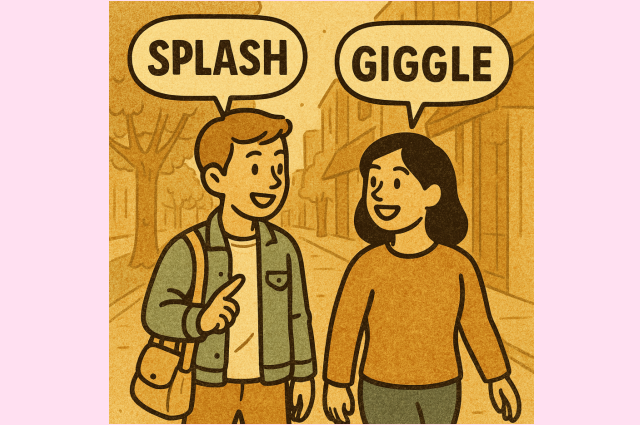


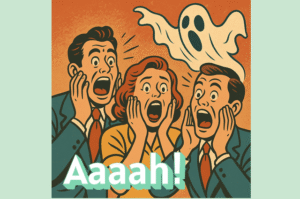

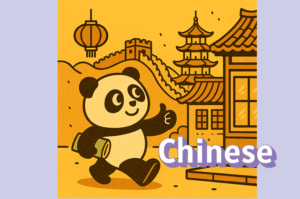

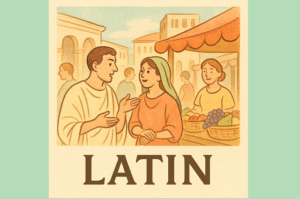
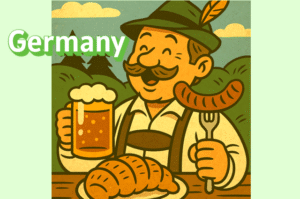


Comments